I'm trying to understand this circuit taken from a rechargeable flashlight. There's a 4V sealed lead-acid battery (not shown in the images) that gets charged when you connect the flashlight to 230V AC. The battery then powers the two LED modules thru a three-way switch.
I see a couple of capacitors, a few resistors, and a small chip marked MB10F. I don't see any coil, transformer, transistor (may be inside the chip?) or heat sink.
How does this circuit work? How does it convert AC to DC to charge the battery?

